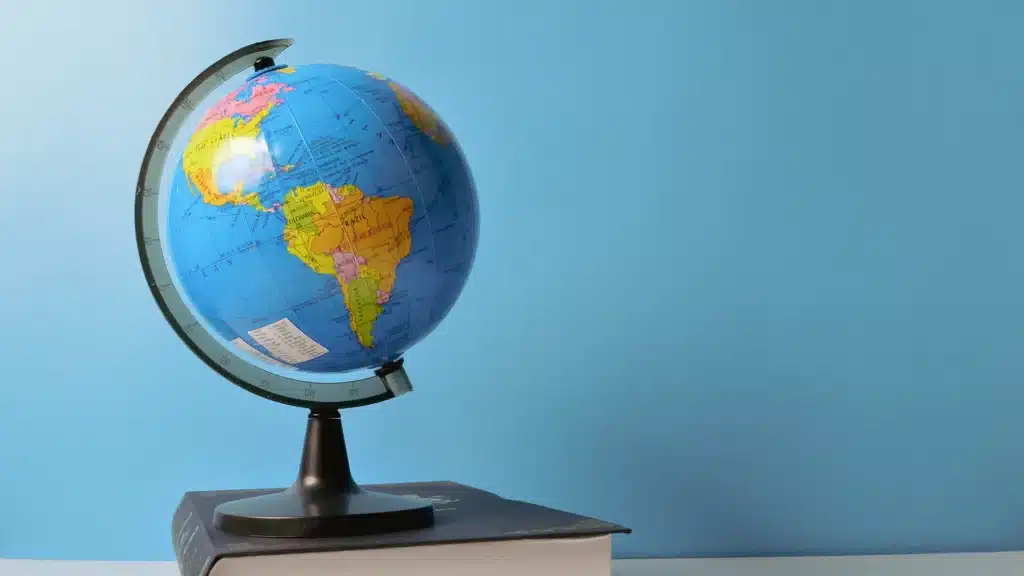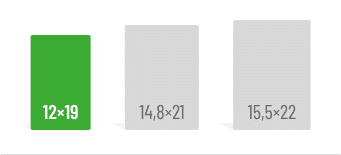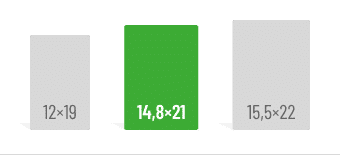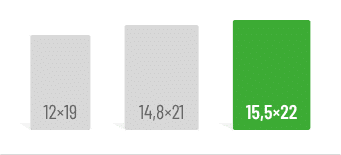- Self-publishing gives you full control – but also full responsibility.
- Publishers take over production and distribution, but demand a say.
- Genre, target group and experience are among the factors that determine the best way.
- GRIN combines both models: easy publishing, professionally accompanied.
More and more authors are faced with the question: Do I want to publish my book myself or work with a publisher? Both paths offer opportunities – and present you with challenges. In view of the growing self-publishing market and new digital possibilities, this decision is becoming increasingly important. In this article, we show what is important: What are the real differences ? How does your choice affect the publication, marketing, and control of your work?
What is self-publishing – what is a traditional publishing house?
Short definitions
We have already shed light on what exactly self-publishing is in detail in the article “Self-publishing providers in comparison”. In short, self-publishing means that you publish your book on your own – without a traditional publisher. You will take care of all steps of book production yourself: cover design, editing, proofreading, typesetting, pricing and marketing. This means that you not only take on creative work, but also entrepreneurial responsibility. You will not only become an author, but also an entrepreneur.
Self-publishing was long considered the second choice – but that has changed fundamentally. Numerous successful titles – from romance novels to specialist books – come from self-publishing and compete with publishers’ titles for visibility, reach and sales figures. Platforms such as Amazon KDP, BoD or Tolino Media have helped to make this change possible.
A traditional publisher , on the other hand, takes care of many of these tasks for you. Once your manuscript has been accepted, it will be professionally edited, designed, printed and distributed. However, you give up some of your control and rights – both in terms of content and design decisions. In return, you will benefit from the expertise and structures of the publishing house, e.g. in press relations, placement in stationary bookstores or access to literary prizes.
Current trends in the book market
Self-publishing is booming: More and more authors are publishing independently – Amazon KDP alone counts millions of new titles per year (Publishers Weekly, 2024). At the same time, the market for e-books and audiobooks is growing steadily and AI tools are increasingly supporting writing, editing and marketing (selfpublishing.com). Romance, fantasy and thriller continue to be among the most popular genres.
Comparison: Advantages and disadvantages
An overview
Criterion | Self-publishing | Traditional publishing house |
Control & Freedom | Full control over content, design, and release time. | Limited control; Publisher decides on many aspects. |
Publication | Fast publication possible; no waiting times. | Longer lead times; Selection process can take months, often no response to Manuscript submission. |
Costs & Risk | Author bears all costs (editing, cover, marketing); higher financial risk. | Publisher covers costs; lower financial risk for the author. |
Receipts | Higher royalties per book sold; up to 70% of the sales price. | Lower royalties; often between 5–15% of the sales price. |
Marketing & Sales | Author is responsible for marketing and sales; limited range without a network. | Publisher takes over marketing and sales; better placement in the book trade. |
Reputation | Less recognition; difficult access to literary prizes and reviews. | Higher reputation; better chances of getting reviews and literary prizes. |
Rights & Exclusivity | Author retains all rights; flexible use of the content. | Publishers often receive exclusive rights; limited use by author. |
More detailed explanation
- Control & Freedom: Self-publishing offers authors the opportunity to determine every aspect of their book themselves. However, this also requires knowledge in various fields such as design and marketing.
- Publication: While self-publishing allows for quick publishing, going through a publisher can take several months due to selection procedures and production times.
- Costs & Risk: Self-publishers have to pay in advance and bear the financial risk. Publishers, on the other hand, cover these costs, which minimizes the risk for authors.
- Receipts: Although self-publishers receive higher royalties, they also have to sell more copies to cover their investments. Publishing authors receive lower royalties, but benefit from the publisher’s infrastructure.
- Marketing & Sales: Without the support of a publisher, self-publishers have to develop their own strategies for marketing and sales, which can be time-consuming. Publishers have established networks and resources.
- Reputation: Books from traditional publishers often enjoy more recognition and have better access to literary prizes and professional reviews.
- Rights & Exclusivity: Self-publishers retain all rights to their work, which gives them flexibility for future uses. Publishing contracts often include exclusive rights that can restrict use by authors.
What is right for me? – Decision-making aids
Whether self-publishing or publishing – the choice depends heavily on your individual requirements and goals. These questions will help you decide:
What is my target group?
Do you write for a wide audience or niche? Self-publishing is particularly suitable for specialized topics and clear target groups. A publisher is helpful if you have a mass-market topic or are aiming for a wider reach.
What genre do I serve?
Romance, fantasy, thrillers and guidebooks often work very well in self-publishing – especially in e-book format. Fiction with literary aspirations is more likely to find a home in publishing houses.
How much experience do I have?
If you already have (or are willing to acquire) expertise in editing, design, and marketing, self-publishing may be the way to go. If you are still new to the book world, a publisher offers you professional support.
What are my goals?
Do you want maximum creative freedom? Then there is a lot to be said for self-publishing. If you are looking for visibility in the book trade, professional reputation or literary awards, a publisher can be the better partner.
Tip: Some authors also opt for a middle ground – they self-publish individual works and others through publishers. This allows them to choose the right strategy depending on the project.
Conclusion
No “better or worse” – but “What suits your project?”
Whether self-publishing or traditional publishing – there is no “right” or “wrong”. What matters is what suits you, your book and your goals.
If you prefer maximum creative freedom, self-publishing is an exciting option. If, on the other hand, you are looking for professional support and an established infrastructure, the publisher may be the better choice.
GRIN – the hybrid solution for your book project
GRIN combines the advantages of self-publishing and publishing: You retain the rights to your work, publish easily and quickly – and still benefit from professional support, technical support and worldwide distribution. Whether it’s a novel, reference book or life story: With over 25 years of experience in publishing, we take your book project to the next level: https://www.grin.com/en/selfpublishing/
Do you like our magazine? Then sign up for our GRIN newsletter now!







